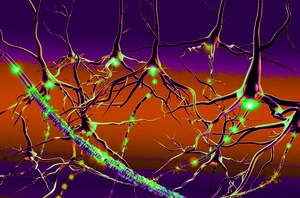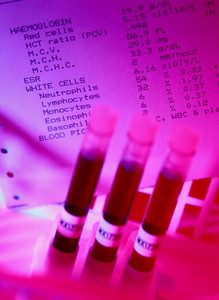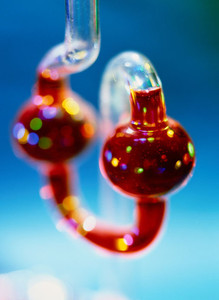A study into the efficiency of follow-on intravenous (IV) iron formulations compared to originator formulations in haemodialysis patients has shown the follow-on products to be less efficient at maintaining the same haemoglobin levels [1].
Follow-on intravenous iron formulations in haemodialysis patients
Non‐Biological Complex Drugs/Research
|
Posted 01/04/2016
 0
0

Anaemia is a common complication of chronic kidney disease (CKD) and has been associated with adverse clinical outcomes. It has a complex pathogenesis and mainly arises due to inadequate erythropoietin production, insufficient iron storage, inflammation, vitamin B12 and folic acid depletion, severe secondary hyperparathyroidism and blood loss during the haemodialysis procedure. The use of IV iron to treat renal anaemia is increasing and can be used to address low haemoglobin levels in CKD patients.
This observational study included 342 patients and compared the same measurements that were collected prospectively before and after a switch from a follow-on IV iron to an originator IV iron in a cohort of stable haemodialysis patients. The follow-up period was 56 weeks for each formulation. Anaemia parameters and doses of erythropoiesis-stimulating agents (ESA) and IV iron were prospectively recorded before and after the switch from follow-on to originator IV iron.
To maintain the same haemoglobin levels after switching from the follow-on to the originator formulation, the requirements for IV iron doses were reduced by 34.3% (from 52.8 ± 33.9 to 34.7 ± 31.8 mg/week, p < 0.001) and the ESA doses were also decreased by 12.5% (from 30.6 ± 23.6 to 27 ± 21 μg/week, p < 0.001). The erythropoietin resistance index declined from 8.4 ± 7.7 to 7.4 ± 6.7 IU/kg/week/g/dL after the switch from the follow-on to the originator drug (p = 0.001). After the switch, the transferrin saturation ratio (TSAT) and serum ferritin levels rose by 6.8% (p < 0.001) and 12.4%(p = 0.001), respectively. The mortality rate was similar for both periods and the haemoglobin levels were stable throughout the study (26 months).
The results suggest that a change from the follow-on to the originator iron formulation can be made safely as long as the doses are adjusted.
The authors concluded that the iron and ESA requirements were lower with the originator IV iron compared to the follow-on drug. In addition, use of the originator formulation resulted in higher ferritin and TSAT levels despite the lower dose of IV iron.’ They added that ‘further studies are necessary to analyse the adverse effects of higher IV iron dosages.’
Conflict of interest
The authors of the research paper [1] declared that there were no conflicts of interest.
Editor’s comment
Readers interested to learn more about non-biological complex drugs are invited to visit www.gabi-journal.net to view the following manuscript published in GaBI Journal:
Non-Biological Complex Drugs (NBCDs) and their follow-on versions: time for an editorial section
Readers interested in contributing a research or perspective paper to GaBI Journal – an independent, peer reviewed academic journal – please send us your submission here.
Related article
Regulations for follow-on NBCDs
Reference
1. Agüera ML, et al. Efficiency of original versus generic intravenous iron formulations in patients on haemodialysis. PLoS One. 2015 Aug 31;10(8):e0135967
Permission granted to reproduce for personal and non-commercial use only. All other reproduction, copy or reprinting of all or part of any ‘Content’ found on this website is strictly prohibited without the prior consent of the publisher. Contact the publisher to obtain permission before redistributing.
Copyright – Unless otherwise stated all contents of this website are © 2016 Pro Pharma Communications International. All Rights Reserved.
Biosimilars and follow-on NBCDs for MS in Europe, the US and Canada

Non‐Biological Complex Drugs/Research Posted 19/01/2018
Scientific and regulatory considerations for follow-on versions of complex drug products containing nanomaterials

Non‐Biological Complex Drugs/Research Posted 05/05/2017
Follow-up studies needed to ensure safety for follow-on NBCDs

Non‐Biological Complex Drugs/Research Posted 31/03/2017
The best selling biotechnology drugs of 2008: the next biosimilars targets





